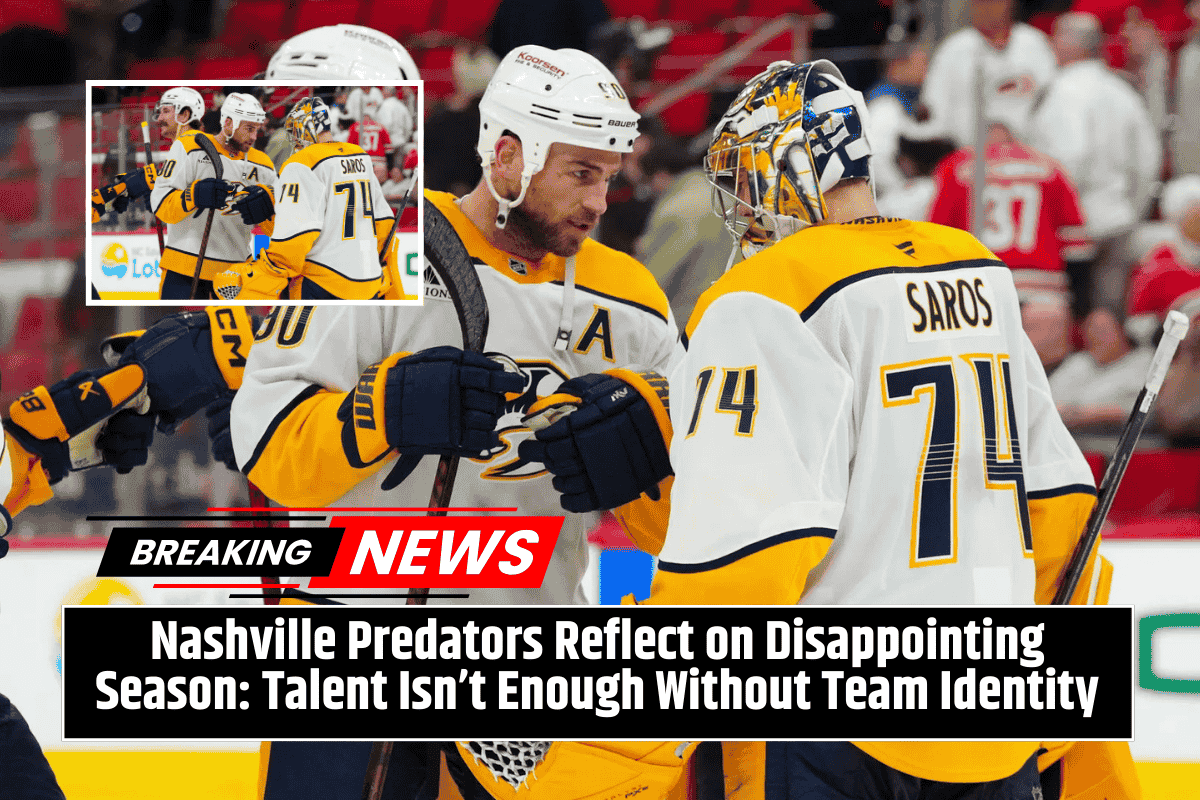In a high-speed, contact sport like hockey, safety equipment plays a huge role. Helmets and pads get a lot of attention, but one often-overlooked item—the neck guard—is now becoming a key topic in the hockey world. Though it may be small and simple, the neck guard can help prevent serious injuries. A recent tragedy and a growing push for safety have brought neck guards back into focus at all levels of the game.
A Tragic Incident That Changed the Conversation
In 2023, former Pittsburgh Penguins player Adam Johnson tragically died after being struck in the neck by a skate blade during a game in England. This heartbreaking event shook the global hockey community and brought serious attention to neck safety. Since then, many leagues around the world have introduced or reinforced neck guard rules.
While the NHL has not made neck guards mandatory, many other hockey organizations have. The IIHF, AHL, OHL, QMJHL, and GTHL now require their players to wear neck protection. Hockey Canada’s national women’s program also follows this rule. These steps are helping to create a culture where player safety is taken seriously.
Neck Guards Still Optional in the NHL
Despite the clear benefits, neck guards remain optional in the NHL. A poll showed that 78 percent of NHL players are not in favour of a mandate. For such a rule to be enforced in the league, it would need approval from the NHL Players’ Association. However, some players have taken safety into their own hands—stars like Rasmus Dahlin and Anze Kopitar now wear neck guards by choice.
Personal Stories Show Real Impact
Sometimes, the importance of safety gear becomes clear only after a close call. Chris Caravasilis, captain of the North Toronto AA U-17 team, shared one such story. A teammate of his narrowly avoided a serious injury when a skate blade struck his neck guard during a game. Thanks to the guard, he escaped with no serious harm. Stories like these show just how vital this simple piece of gear can be.
The Battle Between Safety and Style
Even though the benefits of neck guards are clear, some players resist wearing them. In the hockey world, there’s a long-standing idea that being “tough” means playing through pain and avoiding bulky gear. For some, neck guards are seen as uncomfortable or not part of the “cool” hockey look. This mindset, often tied to hockey’s macho culture, is one of the biggest obstacles to widespread adoption.
It’s not just about looks. Some players feel that the guard limits movement or distracts them during play. But with better designs and lighter materials, today’s neck guards offer both comfort and high-level protection.
Safety Beyond Neck Guards
Neck protection is just one part of a bigger movement. Leagues are also exploring other cut-resistant gear like sleeves and socks to guard major arteries on the arms and legs. These added layers of protection aim to reduce injuries from skate blades, which can happen quickly and without warning during play.
The Path Forward: Awareness and Culture Shift
One major challenge is awareness. Many players, especially younger ones, don’t fully understand the risks of neck injuries from pucks, sticks, or skate blades. Since neck guards are inexpensive and easy to wear, more awareness could lead to higher adoption.
Changing the culture of hockey to value safety over toughness is key. Encouraging players, parents, and coaches to see neck guards as normal—rather than optional—will help build safer hockey communities. Wearing protective gear shouldn’t be seen as a weakness. In fact, choosing safety shows strength and leadership, especially for young athletes looking up to pros.
Neck guards may seem like a small part of a hockey uniform, but they play a big role in protecting players from life-threatening injuries. The tragic death of Adam Johnson opened many eyes, and more leagues are taking action. While the NHL hasn’t made neck guards mandatory yet, players and teams have the power to set examples. As awareness grows and attitudes shift, we may soon see neck protection become as common as helmets—making the game safer for everyone.









